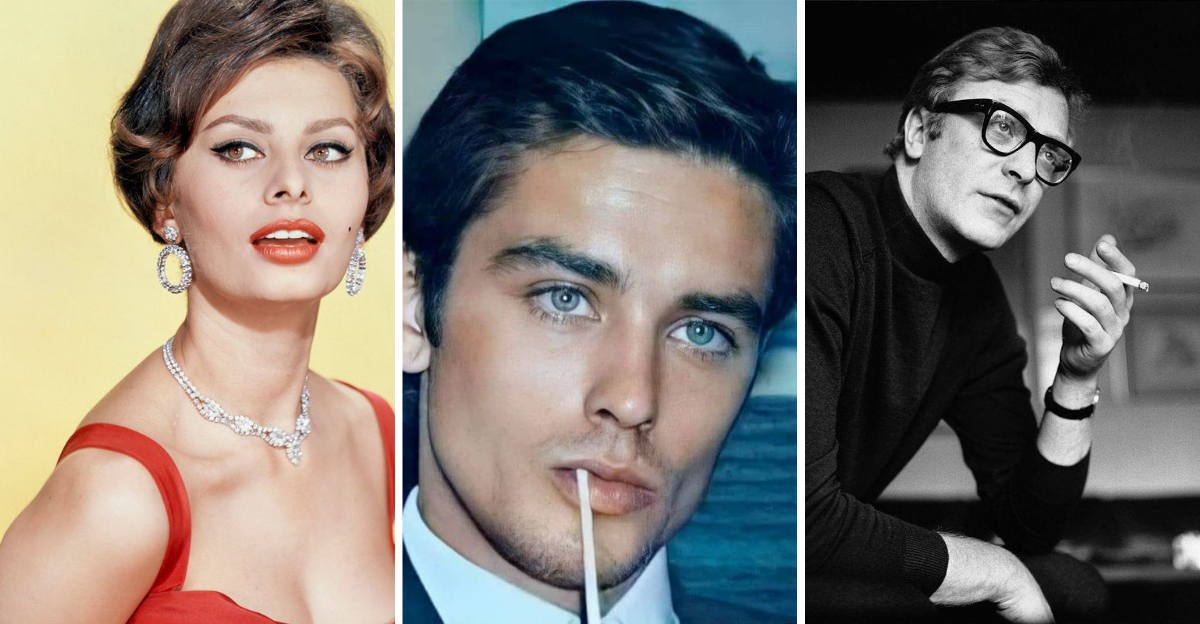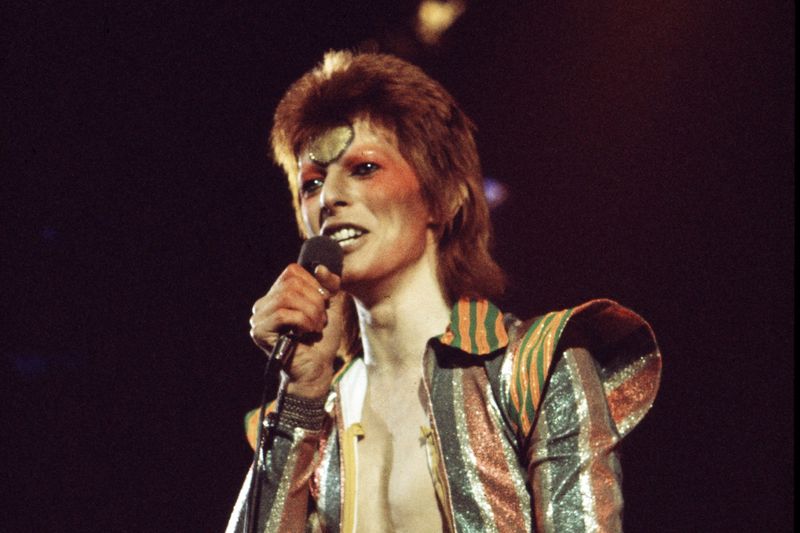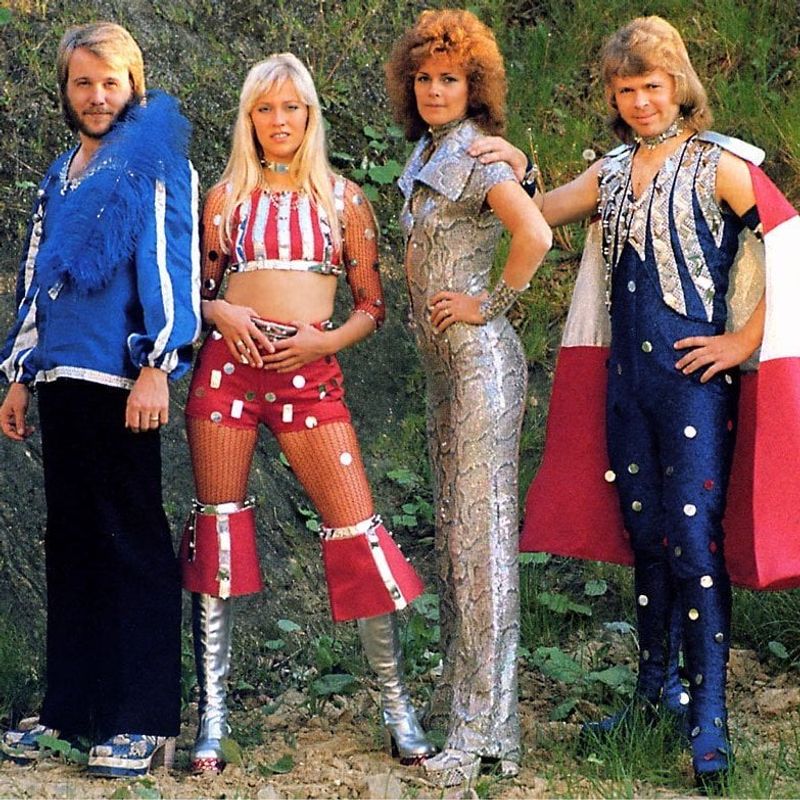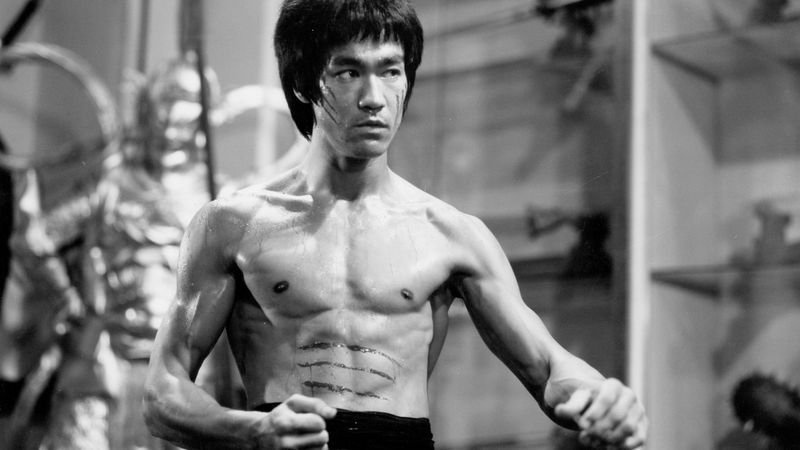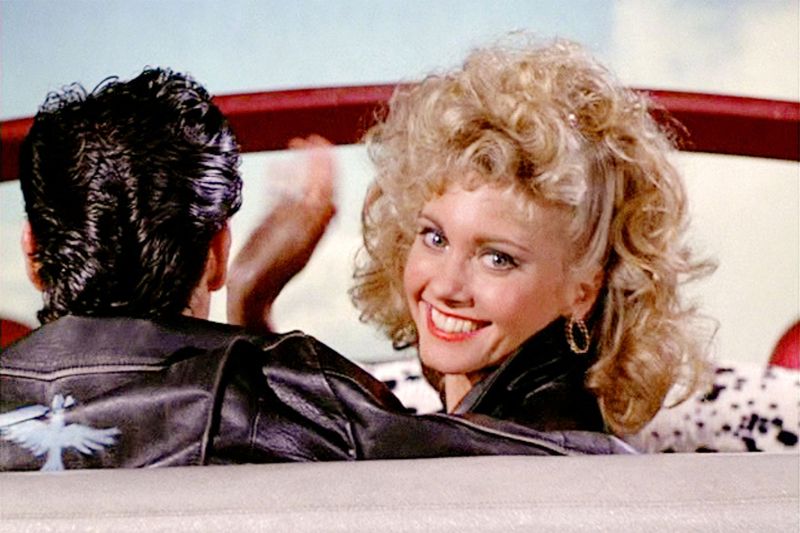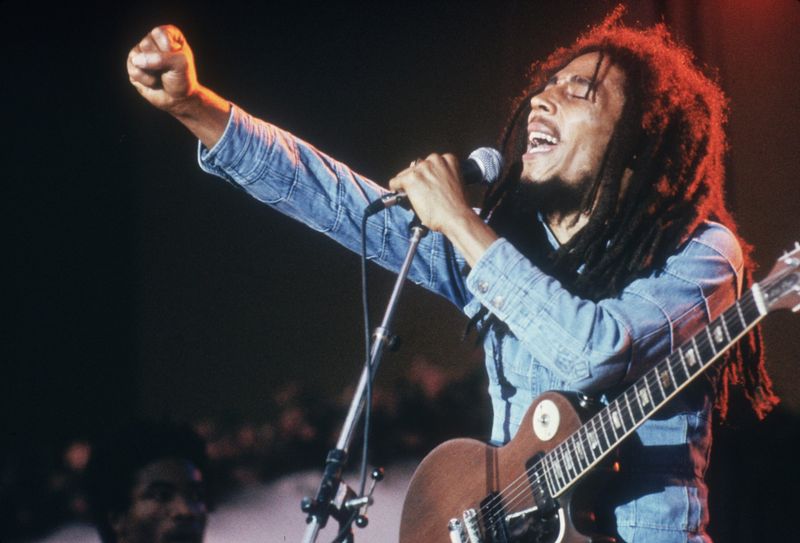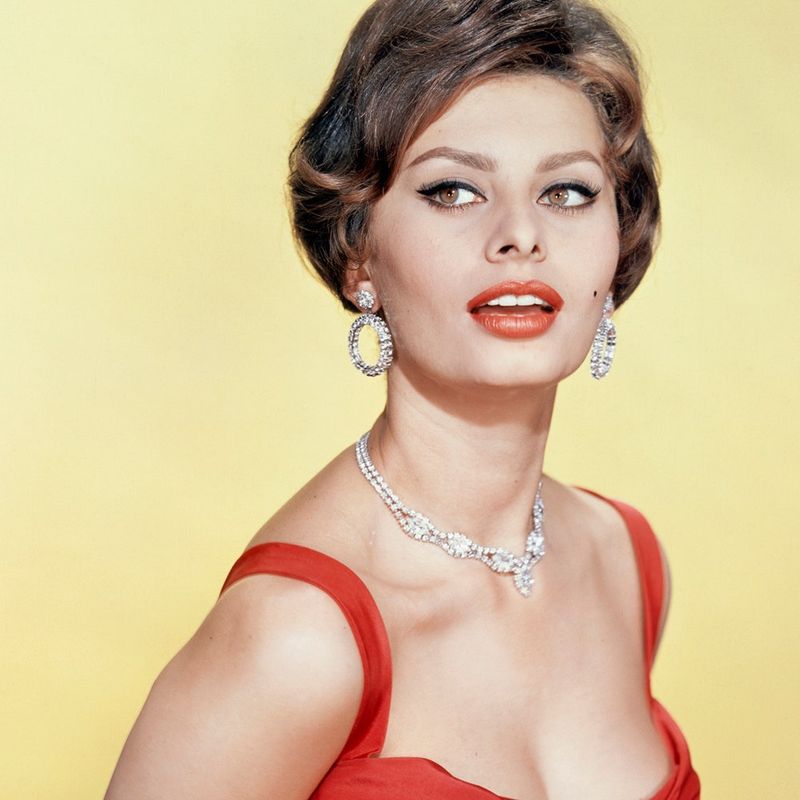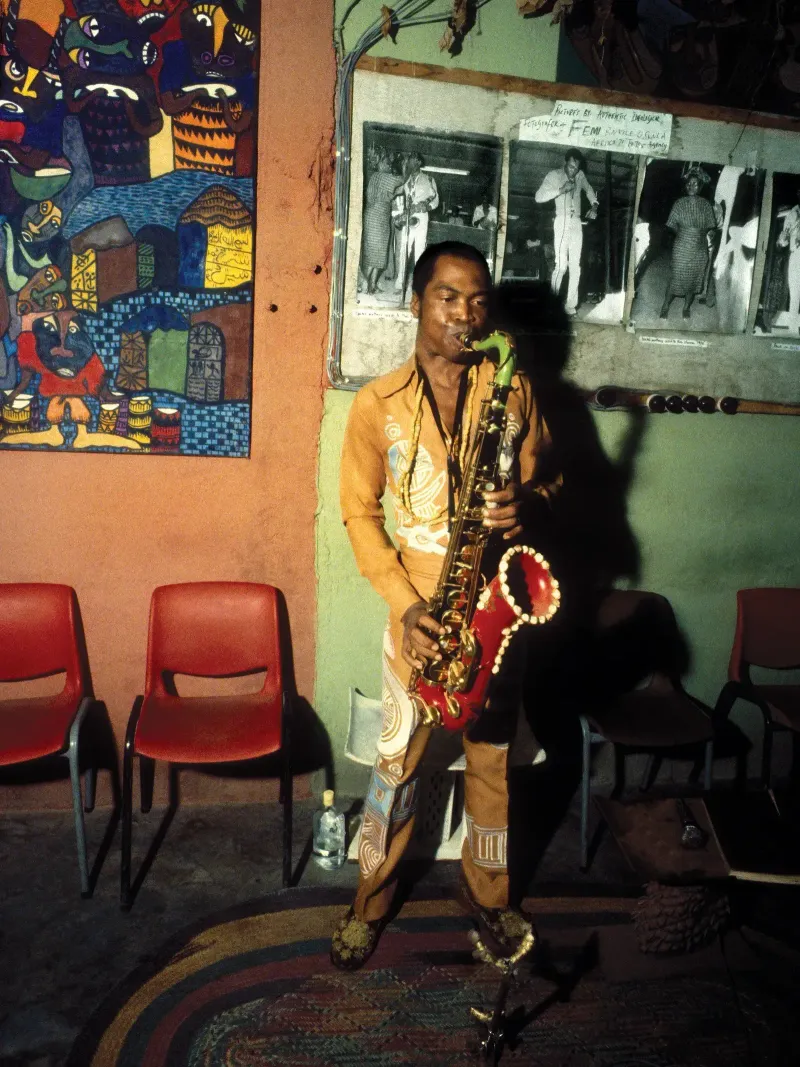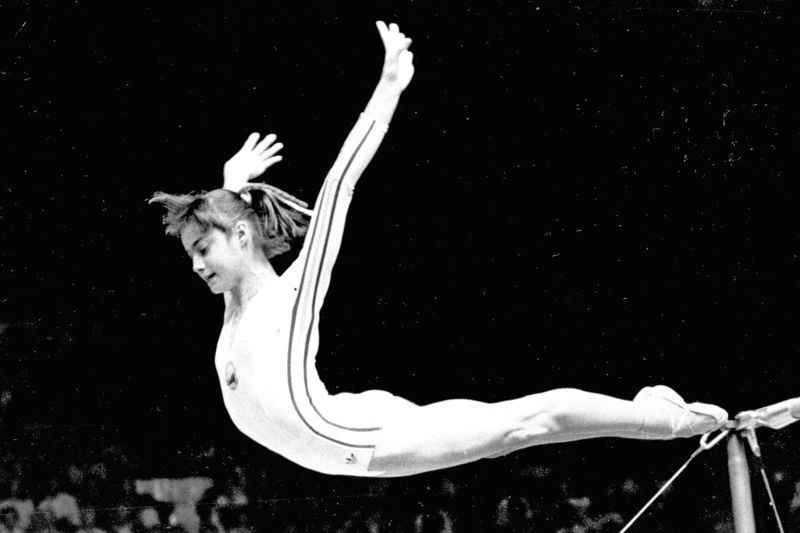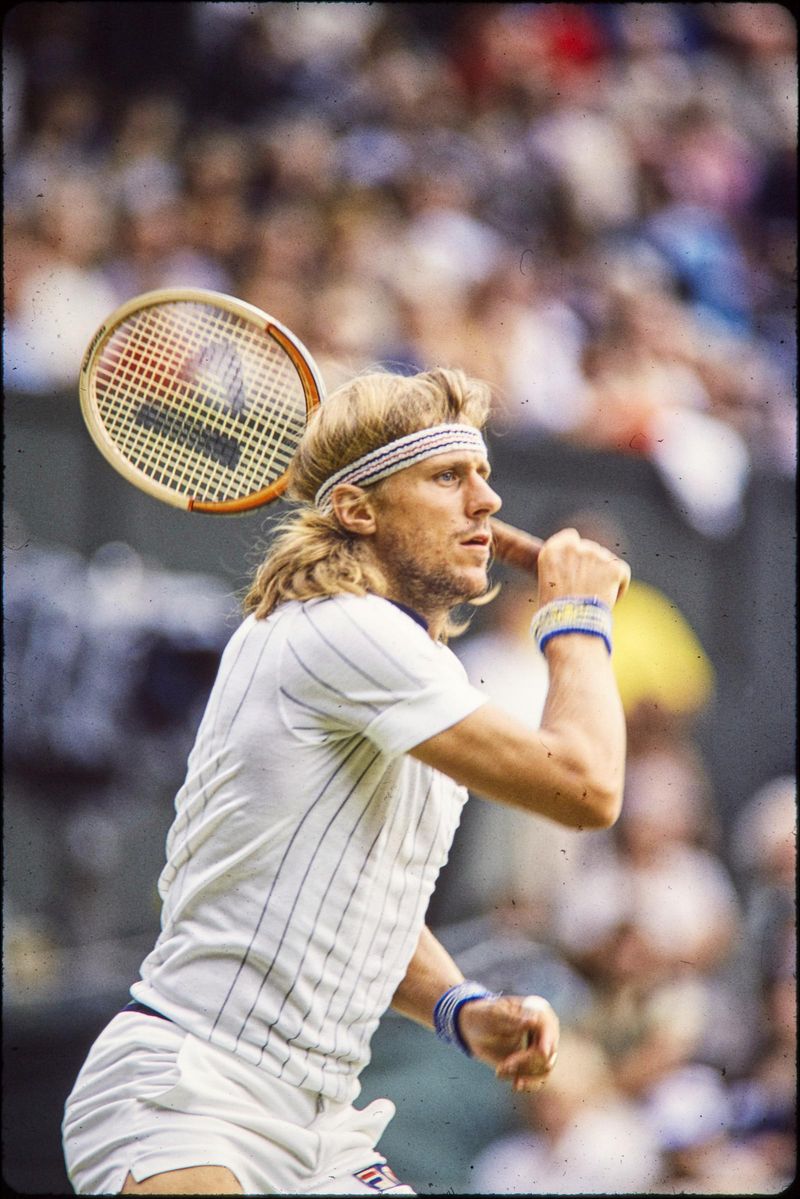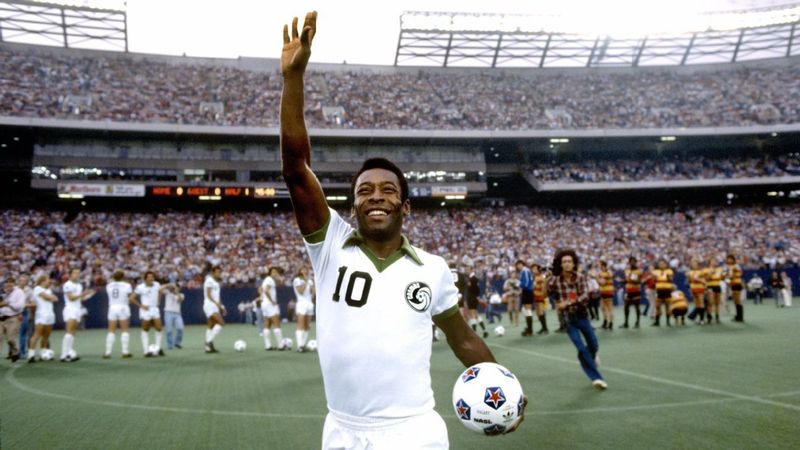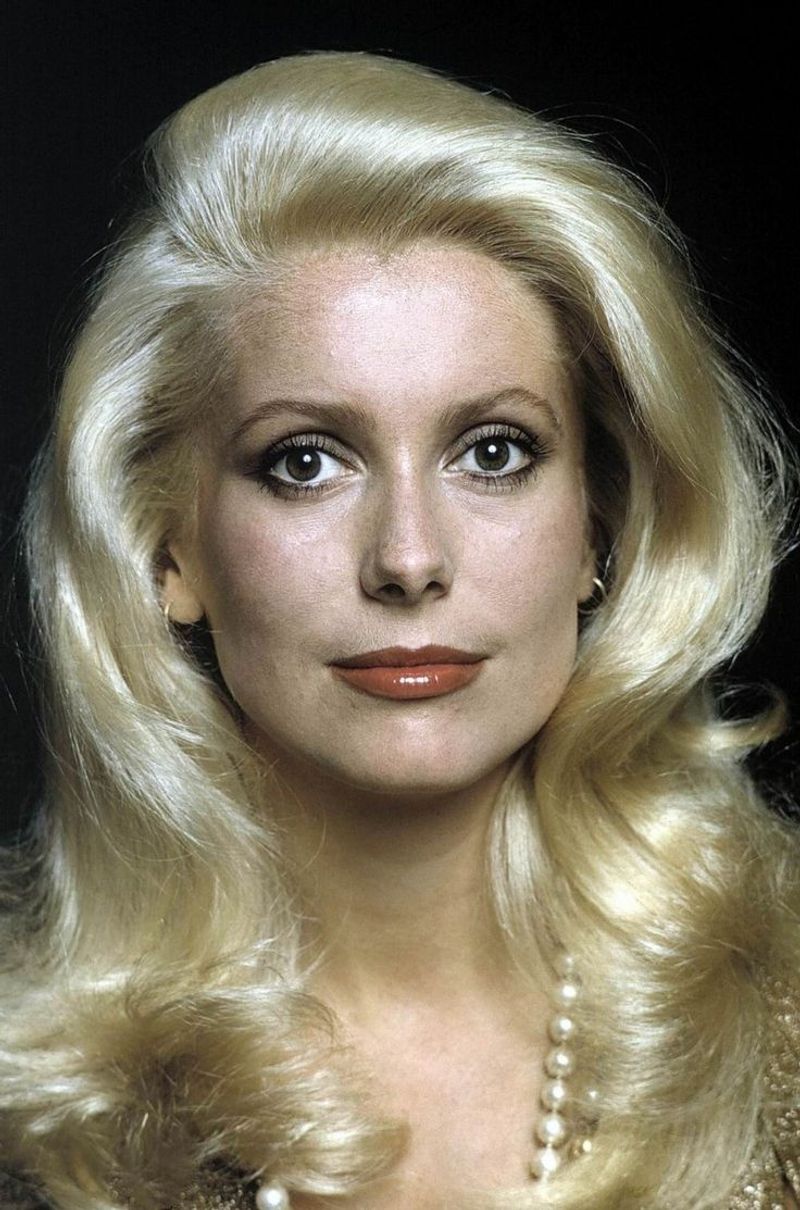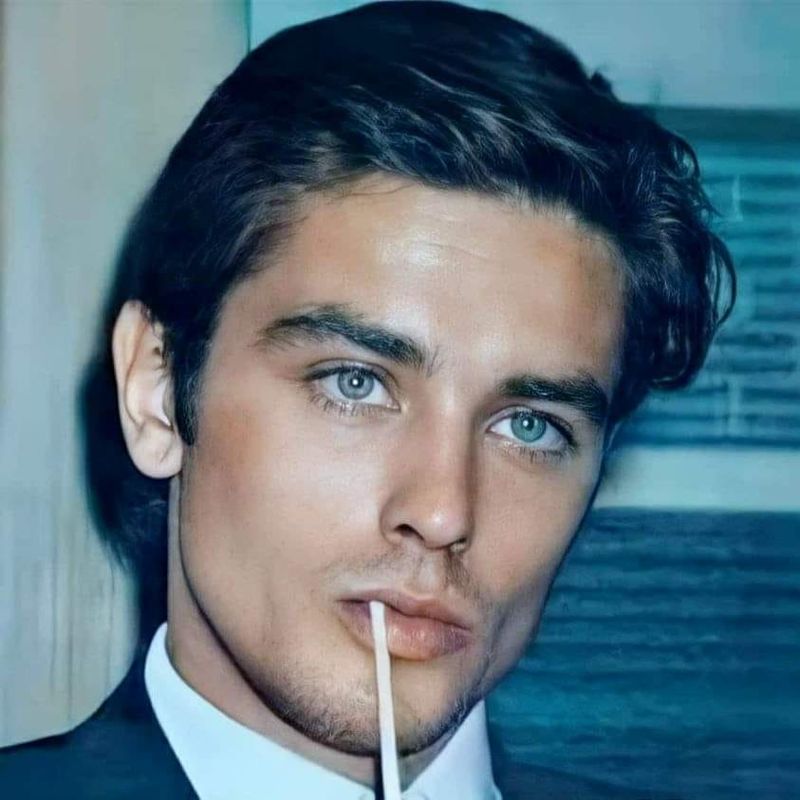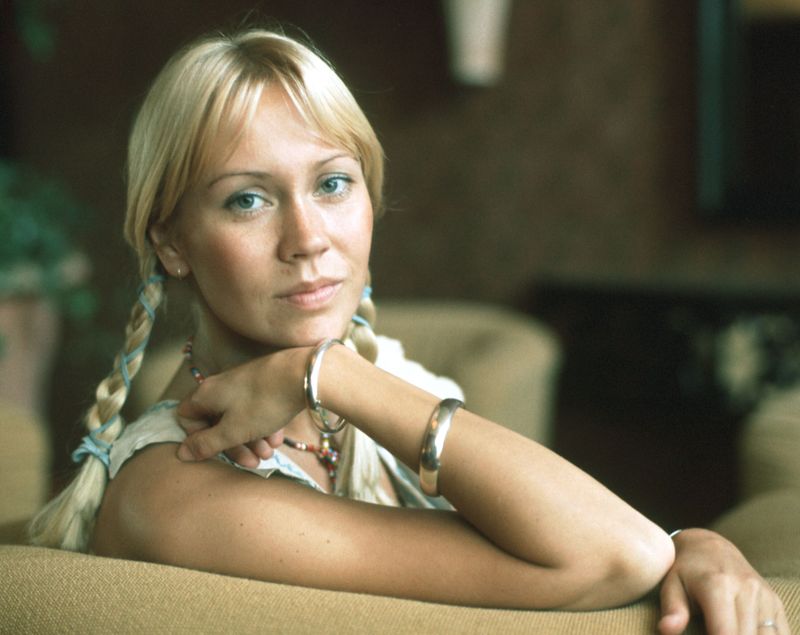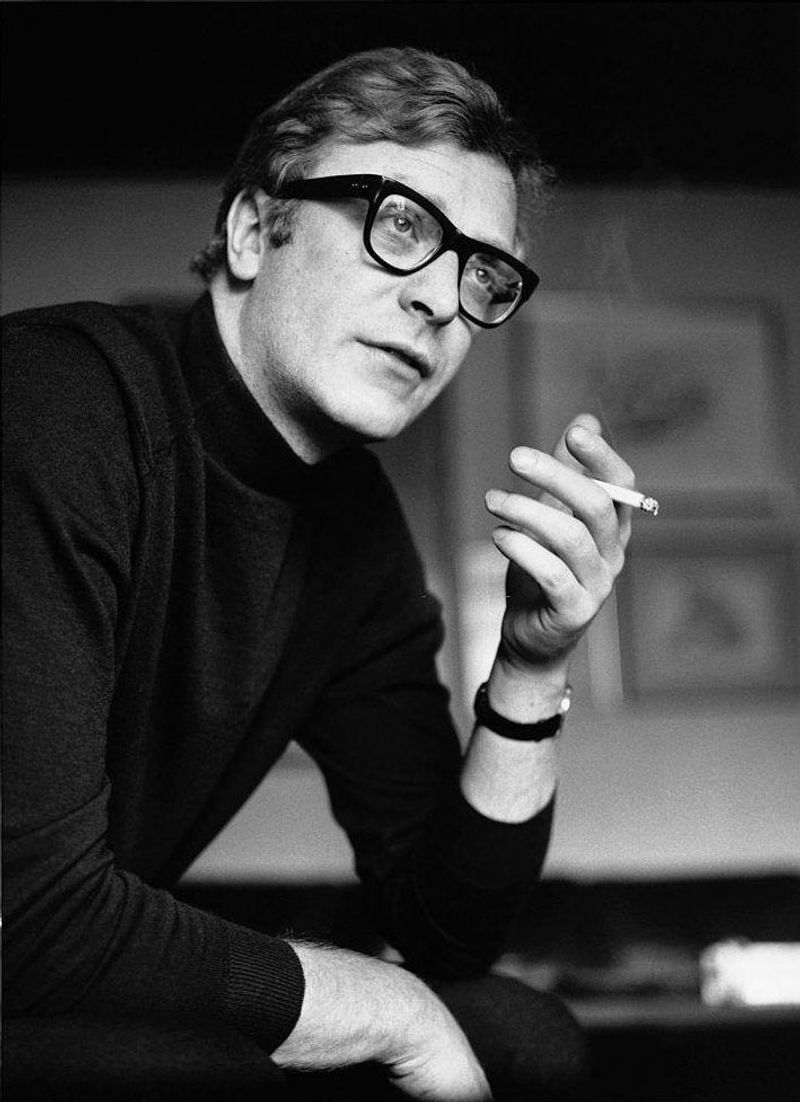The 1970s brought us more than bell-bottoms and disco balls. This decade unleashed a wave of international talent that forever changed entertainment. From groundbreaking musicians who redefined their genres to actors who became household names worldwide, these stars created legacies that still shine today. Their influence reached far beyond their home countries, captivating global audiences with their extraordinary talents.
1. David Bowie: The Chameleon of Rock
The thin white duke transformed music with his otherworldly personas and genre-bending sound. His 1972 album “The Rise and Fall of Ziggy Stardust” catapulted him to international stardom, creating a blueprint for glam rock that artists still follow today. Throughout the decade, Bowie constantly reinvented himself, from the alien rock star Ziggy to the sophisticated Thin White Duke. His Berlin trilogy albums showcased his experimental side while still producing radio hits. Fun fact: Bowie’s different-colored eyes weren’t actually different colors—one pupil was permanently dilated after a teenage fight, creating the illusion of mismatched eyes.
2. ABBA: Sweden’s Pop Sensation
Four Swedes in sequined jumpsuits conquered the world with infectious melodies and perfect harmonies. After winning Eurovision in 1974 with “Waterloo,” ABBA dominated charts globally with hits like “Dancing Queen,” “Mamma Mia,” and “Take a Chance on Me.” Their music combined catchy pop with surprising emotional depth, creating a soundtrack for the decade. Despite their seemingly overnight success, band members Agnetha, Björn, Benny, and Anni-Frid had been working musicians for years before their breakthrough. The group’s influence extends far beyond the 70s—their music inspired the hit musical and film “Mamma Mia!” and continues to gain new fans today.
3. Bruce Lee: Martial Arts Revolutionary
With lightning-fast moves and unmatched charisma, this Hong Kong superstar kicked down doors for Asian actors in global cinema. His films like “Enter the Dragon” (1973) transformed martial arts movies from niche entertainment to international blockbusters. Lee developed his own fighting philosophy, Jeet Kune Do, emphasizing practical techniques and fluid movement. His dedication to fitness was legendary—his training regimens and nutrition philosophies were decades ahead of their time. Tragically, Lee died at just 32, at the height of his fame. His final complete film, “Enter the Dragon,” was released after his death and became one of the most profitable martial arts films ever made.
4. Olivia Newton-John: Australia’s Sweetheart
Before she donned those famous black leather pants in “Grease,” Newton-John had already captured hearts as a sweet-voiced country-pop singer. Her transformation from the girl-next-door to Sandy’s confident alter-ego mirrored her real-life evolution as an artist. Born in England but raised in Australia, she represented her adopted homeland proudly on the world stage. Her duet with John Travolta, “You’re the One That I Want,” became one of the best-selling singles of all time. Beyond her wholesome image, Newton-John showed remarkable range as a performer. Her 1981 music video for “Physical” was considered so risqué that several TV stations banned it—proving she was always more than just the good girl.
5. Bob Marley: Reggae’s Global Ambassador
From Kingston’s Trench Town to international stardom, Marley carried Jamaica’s rhythms and Rastafarian message to every corner of the globe. His albums “Catch a Fire” and “Exodus” transformed reggae from regional sound to worldwide phenomenon. With his band The Wailers, he blended spiritual themes with calls for social justice, creating music that was both politically powerful and irresistibly danceable. Songs like “No Woman, No Cry” and “One Love” became anthems for peace and unity across cultural divides. Despite facing an assassination attempt in 1976, Marley continued performing and spreading his message of love and resistance. His 1979 concert in Zimbabwe celebrating the country’s independence solidified his status as a voice for the oppressed worldwide.
6. Sophia Loren: Italian Cinema Royalty
Already an international star by the 1970s, Loren continued to showcase her extraordinary range throughout the decade. Her performance in Ettore Scola’s “A Special Day” (1977) revealed new depths to her acting abilities, proving she was far more than just a sex symbol. Born into poverty in Naples, Loren’s rise to become Italy’s most famous actress embodied the post-war dream. Her collaborations with director Vittorio De Sica produced some of Italian cinema’s greatest treasures. Unlike many of her contemporaries, Loren aged gracefully on screen, taking on mature roles that highlighted her dramatic talents. Her famous quote—”Everything you see I owe to spaghetti”—captured her authentic, unapologetic approach to beauty and life.
7. Fela Kuti: Afrobeat Pioneer
With a saxophone in one hand and raised fist in the other, Kuti created a musical revolution that merged jazz, funk, and traditional African rhythms. His Lagos nightclub, the Afrika Shrine, became the epicenter of a new sound and a hub for political resistance against Nigeria’s military government. Kuti’s songs often extended beyond 20 minutes, featuring hypnotic grooves and scathing political commentary. His album “Zombie” (1976) openly criticized the Nigerian military, leading to a government raid on his compound that resulted in serious injuries to Kuti and the death of his mother. Despite constant harassment and multiple imprisonments, he never compromised his artistic vision or political principles. His band sometimes featured up to 80 musicians and dancers, creating spectacular, marathon performances.
8. Nadia Comăneci: The Perfect Ten
A tiny 14-year-old from Romania stunned the world at the 1976 Montreal Olympics, achieving what was thought impossible: a perfect score in gymnastics. The scoreboard couldn’t even display her 10.0, showing 1.00 instead because the programmers never anticipated perfection. Comăneci’s flawless routines on the uneven bars, balance beam, and floor exercise redefined what human bodies could achieve. She won three gold medals at those Games, becoming an overnight global sensation and the face of gymnastics for a generation. Behind her achievement lay years of grueling training under coach Béla Károlyi, starting when she was just six years old. Her gravity-defying performances inspired countless young girls to take up gymnastics and showed that Eastern European athletes were a dominant force in Olympic sports.
9. Björn Borg: Ice-Cool Tennis Champion
With flowing blonde hair held back by his signature headband, the Swedish tennis star dominated Wimbledon with an almost supernatural calm. Between 1976 and 1980, Borg won five consecutive Wimbledon titles, a record that stood until Roger Federer surpassed it decades later. His playing style combined powerful baseline shots with incredible athletic ability, revolutionizing how tennis was played. Despite his emotionless demeanor on court—earning him the nickname “Ice Borg”—he inspired Beatles-like hysteria among fans, particularly young women. Remarkably, Borg retired at just 26, walking away at the height of his powers. His rivalry with John McEnroe, particularly their 1980 Wimbledon final, is considered one of the greatest in sports history, contrasting Borg’s cool composure with McEnroe’s fiery temperament.
10. Pelé: Football’s Global Icon
Already a three-time World Cup winner, the Brazilian superstar brought his magical skills to America in the 1970s, joining the New York Cosmos in 1975. His presence transformed soccer in the United States, drawing record crowds and bringing Hollywood glamour to a sport Americans had largely ignored. Known for his spectacular goals and joyful style of play, Pelé transcended sport to become a worldwide ambassador for the beautiful game. His farewell match in 1977 was broadcast to 38 countries, with Muhammad Ali telling him, “Now there are two of the greatest.” Beyond his athletic achievements, Pelé broke racial barriers and became a symbol of Brazilian identity and pride. His autobiography, published in 1977, became a bestseller and introduced millions to the life story of a boy from poverty who became the world’s most famous athlete.
11. Catherine Deneuve: French Cinema’s Ice Goddess
With her cool blonde elegance and enigmatic screen presence, Deneuve embodied sophisticated European cinema throughout the 1970s. Her collaboration with director François Truffaut in “The Last Metro” (1980) earned her a César Award and showcased her ability to convey complex emotions beneath a composed exterior. Beyond acting, Deneuve became a fashion icon as the face of Chanel No. 5 and a muse to designer Yves Saint Laurent. Her 1971 film “Daughters of Darkness” established her as a cult favorite, while “The Hunger” later cemented her status as a vampire film icon. Unlike many actresses of her era, Deneuve never attempted to break into Hollywood, preferring to remain primarily in French cinema. This decision allowed her to build a diverse filmography that includes both commercial successes and experimental art films.
12. Romy Schneider: Tragic European Starlet
After finding early fame as the young empress in the “Sissi” films, Austrian-born Schneider reinvented herself in the 1970s as a serious dramatic actress. Her collaborations with director Claude Sautet produced a series of nuanced performances that captured the complexities of modern womanhood. In “The Swimming Pool” (1969) and “César et Rosalie” (1972), she displayed a raw emotional vulnerability that contrasted with her earlier princess roles. Her personal life was marked by tragedy—her divorce from actor Harry Meyen, the death of her son, and her own struggles with depression. Despite these hardships, Schneider’s work during this period reveals remarkable depth and resilience. Her ability to convey both strength and fragility made her one of Europe’s most beloved actresses before her untimely death in 1982 at age 43.
13. Alain Delon: The French Heartthrob
With his piercing blue eyes and dangerous charm, Delon epitomized French masculine cool throughout the 1970s. In crime thrillers like “Le Cercle Rouge” (1970) and “Borsalino” (1970), he perfected the role of the stylish gangster with a code of honor. Unlike many European actors, Delon refused to compromise his artistic integrity for Hollywood success. He chose to work with visionary directors like Jean-Pierre Melville, creating characters of moral ambiguity and existential depth. Beyond his acting career, Delon became a successful businessman with his own brand of cigarettes, perfumes, and accessories. His tumultuous love life, including relationships with Romy Schneider and Mireille Darc, kept him in the tabloids, while his performances in films like “Monsieur Klein” (1976) earned him critical acclaim.
14. Agnetha Fältskog: ABBA’s Blonde Enigma
While ABBA conquered the world as a quartet, Agnetha’s crystalline soprano and mysterious aura made her stand out even in this extraordinary group. Her voice carried ABBA’s most emotional songs, from the heartbreak of “The Winner Takes It All” to the wistful “Chiquitita.” Behind her public image as the blonde bombshell lurked a complex woman who struggled with fame and preferred solitude to spotlight. Her marriage to bandmate Björn Ulvaeus and their subsequent divorce played out painfully in ABBA’s later songs, turning personal heartbreak into pop poetry. A talented songwriter in her own right, Fältskog wrote several solo compositions before and during her ABBA years. Her Swedish-language solo albums revealed a depth often overlooked by international audiences who knew only her work with the supergroup.
15. Michael Caine: Britain’s Working-Class Hero
With his distinctive Cockney accent and understated charisma, Caine brought a new kind of working-class hero to cinema in the 1970s. His role as the vengeful gangster in “Get Carter” (1971) showcased a harder edge than his 1960s personas, creating one of British cinema’s most iconic anti-heroes. Unlike many British actors of his generation, Caine never tried to hide his humble origins or modify his accent. In “The Man Who Would Be King” (1975), he held his own opposite Sean Connery, while “Sleuth” (1972) pitted him against Laurence Olivier in a masterclass of acting. Though he later became Sir Michael, Caine never forgot his roots as Maurice Micklewhite from London’s East End. His autobiography revealed that he took many 1970s roles simply to pay the bills—yet still managed to create memorable performances in films both great and mediocre.
